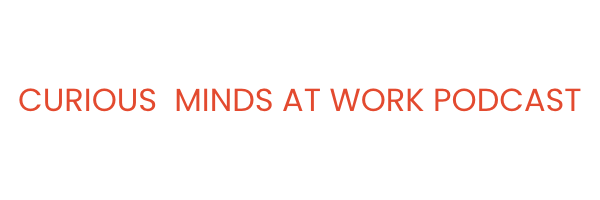 Breakthroughs can take our work to new and exciting places, yet they rarely happen as often as we’d like. Are there ways to prompt these kinds of moments, so we can create them more often?
Breakthroughs can take our work to new and exciting places, yet they rarely happen as often as we’d like. Are there ways to prompt these kinds of moments, so we can create them more often?
Olivia Fox Cabane and Judah Pollack tell us how in their book, The Net and the Butterfly: The Art and Practice of Breakthrough Thinking.
Olivia is the former Director of Innovative Leadership for Stanford StartX and bestselling author of The Charisma Myth. She has worked with companies like, Google, MGM, and Deloitte, and she has lectured at Harvard, MIT, and Yale.
Judah Pollack is a former faculty member at Stanford StartX and a lecturer at University of California, Berkeley Haas School of Business. He has worked with organizations like Airbnb, IDEO, and the U.S. Army Special Forces.
In this interview we discuss:
- How breakthrough thinking requires two systems in the brain: the Executive Network (the net) and the Default Network (the butterfly)
- How we need off-task time in order for the Default Network to engage and create breakthroughs
- The 4 types of breakthroughs: Eureka, Metaphor, Intuitive and Paradigm
- How Eureka Breakthroughs are sudden insights that are fully formed, when everything seems to fall into place
- That we are predisposed to certain kinds of breakthroughs and how it helps to honor our natural style
- That no one style of breakthrough is any better than another
- How Metaphorical breakthroughs help us see topics in new ways
- How Intuitive breakthroughs seem like just the beginning and less easy to trust, requiring us to have faith in the process
- How Steve Jobs had an intuitive breakthrough that the iPhone needed to be made of glass
- That our brains our physical objects that need to build new neurotransmitter receptors in order to construct new knowledge
- How our practice with exploring new experiences in the brain affects our ability to make breakthroughs
- How surfing the net for new things or watching new movies can help with building the brain plasticity that helps to make breakthroughs
- How curiosity enlivens brain plasticity
- How fear negativity affects the Default Network and works against us having breakthroughs
- Why our best ideas may come to us in the shower
- How our inhibitions can cause us to feel like imposters or make us overly critical, either of which can hinder breakthrough thinking
- How the placebo effect can be used to our advantage
- Ways we can practice failure in order to normalize our feelings about it
- Three supertools that can help us achieve breakthroughs
- How the journey toward topic mastery create preconditions for breakthroughs
- How implementing these practices can affect us down to the gene level
- How to find the balance between our fast-paced, hyper-focused work world and the slower, more diffused approach needed for breakthrough thinking
Links to Episode Topics
The Net and the Butterfly: The Art and Practice of Breakthrough Thinking
University of California Berkeley
The Executive Mode Network of the brain
The Default Mode Network of the brain
If you enjoy the podcast, please rate and review it on iTunes – your ratings make all the difference. For automatic delivery of new episodes, be sure to subscribe. As always, thanks for listening!
